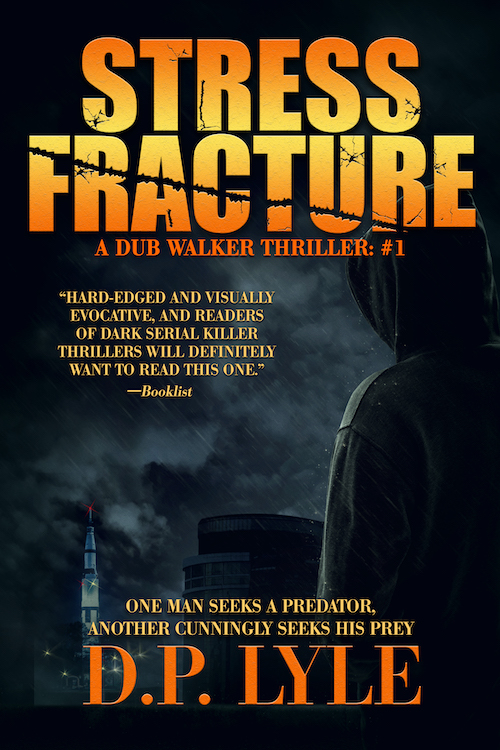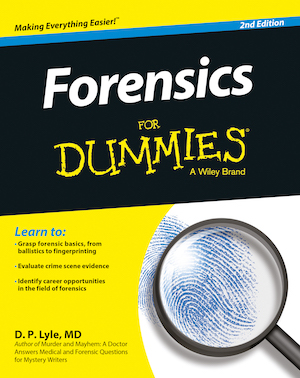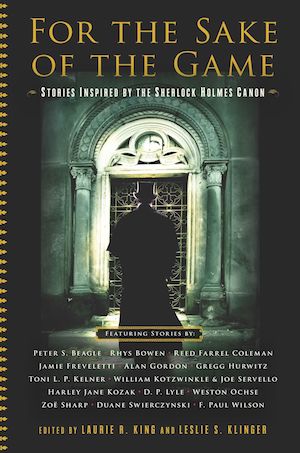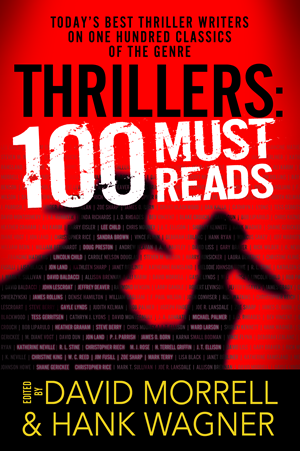THE STATE OF FINGERPRINTS TODAY
One of the most pervasive and annoying myths of those perpetuated by television shows is that a cop somewhere in Nowheresville, Florida can put an unknown print into his computer and search the fingerprints of anyone who has ever been fingerprinted in the United States, including job applicants and military personnel. This is not true. This has never been true, and is unlikely to become true at any point in the immediate future. Someday, yes, but not in time to make the deadline for your next book.
Here’s how it really works: I am a latent print examiner and CSI for a police department in Florida. I scan in unknown prints (generally called ‘latent prints’) collected at crime scenes or from pieces of evidence. I search those against ‘known’ prints, which are the ten fingerprints and two palm prints collected from each person arrested in my town. I can also do a remote search of the database in the next town, because they are on the same software system. I cannot remotely search the county or state database, because they use different software and though the company has been working on a conversion patch for years, it has not yet been accomplished. However, as of about a year ago we are receiving the known prints for their arrestees—apparently that conversion patch has been accomplished—so I am in essence searching their database, but only the past year’s portion of it. With me so far? I have no access to the state database; when a latent goes unidentified, we make a copy for ourselves and then send the original print off to the state, where some counterpart of mine has to scan it and mark its information and redo all the work that I have already done. All of the county goes to the state, so when the state database is searched we’re also searching the county portion that I have not had access to. We have made hits this way (good!) but it takes four to five months (not so good!).
If all of this sounds like a haphazard patchwork of practices, it is. But Rome wasn’t built in a day, and constantly-improving technology is constantly extending my reach (just as we’ve gone from rotary dials to being able to watch videos of your grandchildren on a phone the size of a slice of cheese).
So who does have that all-seeing national database of fingerprints? The FBI…so to speak. Not because they have a supercomputer with tentacles snaking throughout the computers of every police department in the US, but because every police department sends a copy of the known prints they collect to the feds to enter in their database. They receive all job applicants, too, but it used to be these were only checked via classification system to see if the applicant had a criminal history. Now, reportedly, thanks to the ease of modern technology these prints are also being scanned into a searchable database. It does now have military records, but only since 1990.
And these are only known prints. The FBI cannot search every print from every burglary in the US—no computer is that huge. If I had an entire family slaughtered, or some serial killer at work, then we would pack up the latent prints and contact the FBI with our pleading tale and send the prints off to wait in a queue with the other slaughters from across the country. It would take months, not less time than a commercial break while I sit in front of my monitor (which would be quite unhelpfully flashing the picture of every single print it searches…why exactly it would be wasting bytes on such pointless graphics has always been a mystery to me) sipping coffee and looking sexy in my lab coat. This would not be possible, and not only because lab coats are stiff and bulky and quite untailored. I cannot put in an unidentified latent from Nowheresville, Florida and hit on, say, an unidentified latent from Bupkiss, Iowa, thereby connecting our two crimes…maybe the same killer is at work? I’d better get together with the handsome detective in Bupkiss and do a crossover show…alas, no. Things don’t work that way.
Again, if this all sounds haphazard, it is. You can only work with what you got. Here in my little burg we identify a latent print in 11% of our cases in which usable latent prints are submitted. Considering the vast and sundry circumstances at play, this is an excellent record
So go find your local latent print examiner and give her a hug. I can assure you her job looks so much more glamorous on TV.
Lisa Black spent the five happiest years of her life in a morgue, working as a forensic scientist in the trace evidence lab until her husband dragged her to southwest Florida. Now she toils as a certified latent print analyst and CSI at the local police department by day and writes forensic suspense by night. Her fifth book, Trail of Blood, involves the real-life Torso Killer, who terrorized Cleveland during the dark days of the Great Depression.


























